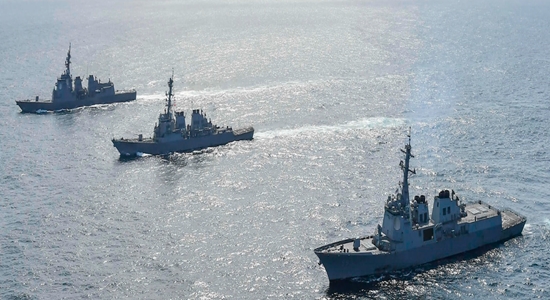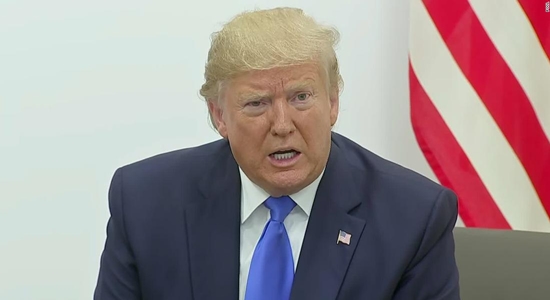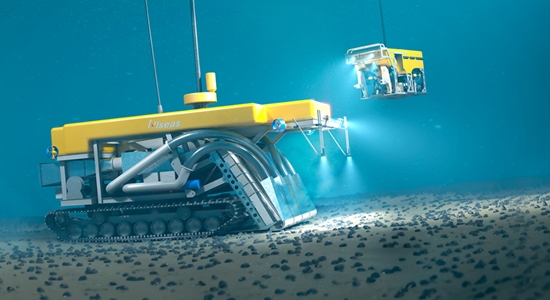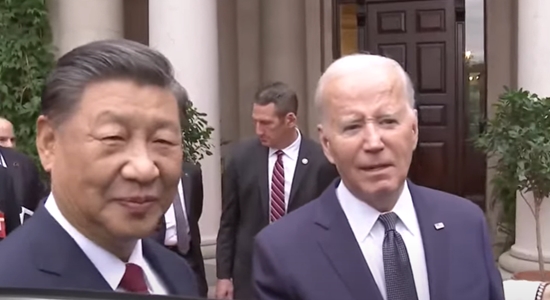
Having in these pages dispatched the notion that the Chinese military could seize the government buildings of Taiwan “in under an hour,” James Ross suggests “that it is a simpler thing to stage exercises off the coasts of Taiwan than to sustain a blockading fleet or a longer-term pre-positioning for a ‘surprise’ attack,” in light of which “the current communist demonstrations are a shallow bluff.”
But suppose the bluff, if we may call it a bluff, ends and China does blockade and invade Taiwan.
According to a simulation recently conducted by the Center for Strategic and International Studies and attended by members of the Select Committee on the Chinese Communist Party, “Taiwan would have to fight off a Chinese blockade and invasion for about a month before the US could successfully airlift or sealift forces or munitions to support it, war games organized by a US congressional committee on Wednesday showed” (“Taiwan difficult to capture: CSIS expert,” Taipei Times, November 22, 2024).
CSIS defense expert Mark Cancian said Taiwan’s mountainous terrain and two relatively narrow coastal strips make it “a difficult island to capture.”…
One lesson from the war game was the value of anti-ship missiles, Cancian said.
In the next couple of years, “I think the most effective thing you could do is to give Taiwan 500 Harpoon missiles,” he said.
Such missiles would be stationed in Taiwan and put on mobile launchers; they would be able to hit Chinese ships within range without having to put US troops on the ground, he said.
“The other lesson is that once the fighting begins, it’s impossible to get any forces or reinforcements onto Taiwan,” Cancian said.
The simulation is of special interest to the Select Committee of the CCP for what it shows about deficiencies in U.S. defense capacity.
Military unreadiness
According to the Committee’s press release, “CSIS’s Defense and Security Department experts led the lawmakers through a simulation of a Taiwan conflict in the Indo-Pacific and discussed ways Congress, in a bipartisan manner, can revitalize and reconfigure America’s defense industrial base to deter and be prepared for such an event.”
CSIS has been thinking about a possible invasion of Taiwan for a while.
In January 2023, Air & Space Forces Magazine reported, “The U.S. could take thousands of casualties but in most cases would ultimately prevail: These were the conclusions drawn from a series of 24 wargames run by the Center for Strategic and International Studies that assessed a scenario in which China attempted an amphibious invasion of Taiwan in 2026…. CSIS took the unusual step of releasing its findings and methodology….
“The 24 game iterations presented sobering findings: high attrition of forces on both sides, massive U.S. surface ship and aircraft losses, and quick exhaustion of long-range precision-guided munitions. Attacks on U.S. forces based in Japan could quickly draw the Japanese into the conflict.”
Also see:
Select Committee on the CCP: “Select Committee on the CCP Holds Defense Industrial Base Simulation” (November 22, 2024)
“The simulation showcased a number of critical challenges for the U.S. defense industrial base.”
CSIS: “The First Battle of the Next War: Wargaming a Chinese Invasion of Taiwan” (January 2023)
“There is one major assumption here: Taiwan must resist and not capitulate. If Taiwan surrenders before U.S. forces can be brought to bear, the rest is futile.”
StopTheChinazis.org: “What War Between Beijing and Taipei Would Really Mean”





